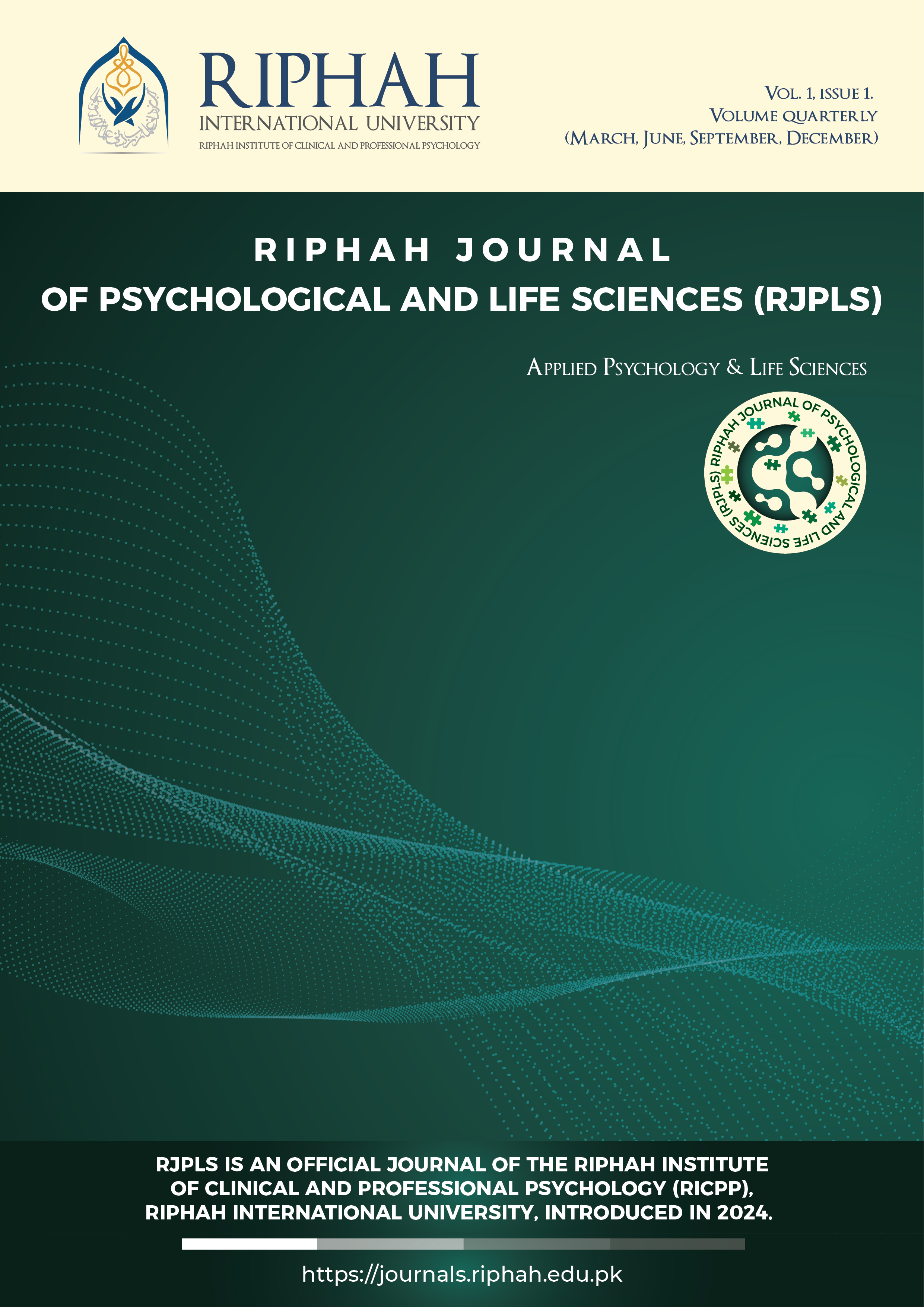Contamination Obsessions and Washing Rituals: A Case Report on Severe OCD and its Psycho-therapeutic Management
Keywords:
Obsessive compulsive disorder, contamination obsessions, washing rituals, psycho-therapeutic management problems, adolescentAbstract
Obsessive-Compulsive Disorder (OCD) is a chronic psychiatric condition characterized by intrusive, unwanted thoughts and repetitive behaviors aimed at reducing distress (APA, 2013). This aims to discuss the presentation, evaluation, and treatment of a 30-year-old female patient with OCD, specifically focusing on contamination fear and washing compulsions. The patient, sent to the Punjab Institute of Mental Health, showed contamination obsessions, repetitive washing habits, irritability, sleep disturbances, and interpersonal conflicts within the family. Detailed examination, involving the Mental Status Examination, and Dysfunctional Thought Records (DTR) and Yale-Brown Obsessive Compulsive Scale (Y-BOCS), established a diagnosis of severe OCD. For pre-assessment: Clinical Observation, Mental Status Examination, DTR and the Y-BOCS, and post-assessment: Clinical Observation, Mental Status Examination, DTR and the Y-BOCS were systematically used to evaluate symptom severity and therapeutic progress. Interventions comprised CBT with ERP, supported by psychoeducation, relaxation training (taught as structured coping skills rather than simple tips), cognitive restructuring, and self-esteem enhancement to reduce symptoms and improve functioning. Y BOCS reflecting a 52% reduction in symptom severity, average frequency of compulsions shows 76% reduction, and anxiety intensity shows 67% reduction. This case highlights the importance of early intervention, extensive assessment, and individualized cognitive behavioral treatments in managing OCD. It also emphasizes the need to consider environmental stressors, family functioning, and individual vulnerabilities when planning long-term interventions, as these factors may contribute to the onset and maintenance of obsessive-compulsive symptoms.





